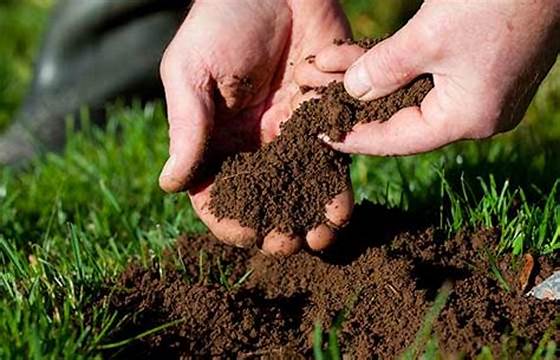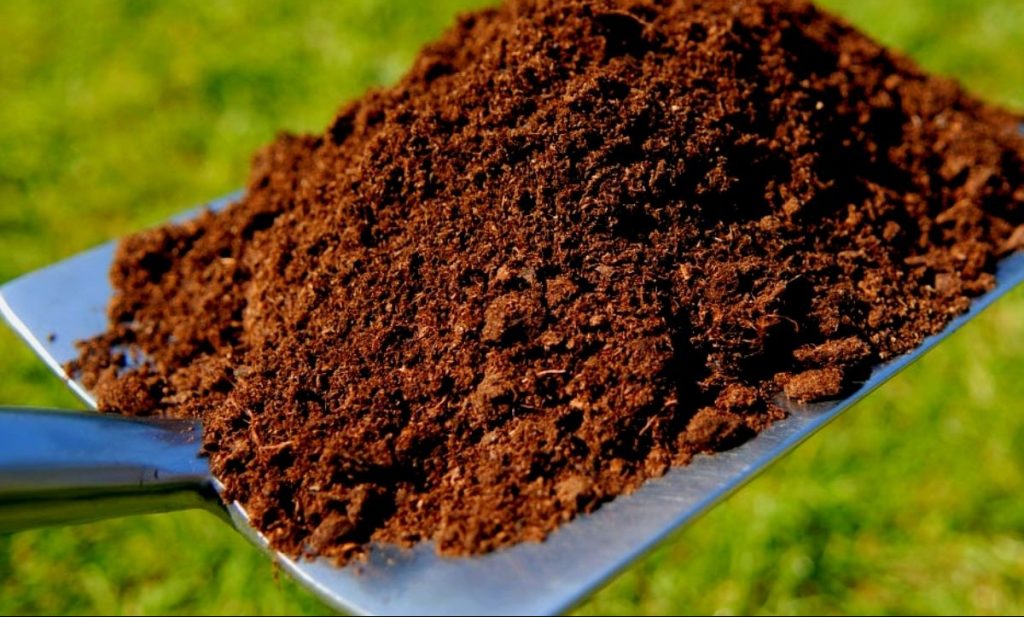Methods for Determining Soil Acidity and Alkalinity
Many gardeners overlook the value of good soil in favor of more visible factors like water and sunlight. However, it is equally important in deciding whether or not plants grow. Soil holds vital nutrients, gives plant roots a place to attach, and promotes development.
The pH of your soil is an important indicator of how acidic or alkaline the base of your garden is. If you know how to test the pH of your soil and why it’s important, you can create the ideal conditions for your plants.
This article reveals the ins and outs of pH testing, covering the numerous methods available and offering helpful advice on how to maintain a healthy soil pH for a fruitful harvest.
Table of Contents
Why Test Soil?
The greatest way to learn about the basis of your garden is to get a soil test performed.
The pH of the soil and the availability of essential plant nutrients like nitrogen, phosphorus, and potassium can be determined through a detailed soil analysis. The presence of dangerous compounds, compaction, or inadequate drainage could also be revealed.
7.0 is considered neutral on the pH scale, which runs from 0 to 14. Conditions are acidic when the pH value is less than 7, and alkaline when it is greater than 7. Soil with a pH between 6.0 and 7.0 is ideal for the majority of plants.
Nutrient availability is influenced by pH, which in turn impacts plant development and yield. Low plant growth or even mortality can result from nutritional deficiency or toxicity due to an unbalanced pH.
Knowing the soil’s pH will also help you choose the most suitable plant varieties for your garden, as different plants have different pH requirements.
How Frequently Should Soil Samples Be Taken?

The key to a flourishing garden and robust plant growth is a consistent regimen of soil testing. The plants you are growing, the climate in your area, and any soil amendments you have made all play a role in how often you should test your soil.
The pH of your soil should be checked at least once a year, preferably just before planting time. It gives you time to make changes so that your plants can take advantage of the improved soil conditions.
However, in some cases, more frequent testing may be necessary. If you are growing high-maintenance crops or have troublesome soil conditions, for example, you may want to test more frequently than once every six months.
To the same extent, re-testing the pH level after 3-4 weeks is recommended if you have just made major modifications to your soil.
The visual cues that plants give to gardeners should not be ignored. Conduct an impromptu test to diagnose and treat nutrient deficiency or other soil pH concerns if you see symptoms.
Maintaining a healthy garden environment that encourages robust plant growth and provides impressive harvests year after year requires vigilance and the use of frequent soil tests.
Visual Evaluation
Visual inspection of your soil can give you an approximation of its pH level, but it is not a very accurate method. This method involves keeping an eye out for indicators of acidity and alkalinity.
You can learn a lot about your soil’s pH just by looking at it, so pay attention to how it looks and how it smells.
High-acidity soils tend to be pale in color and may give off a vinegary or rotten-fruit-like odor. However, alkaline soils can be deeper in color and sometimes even have a sweeter scent.
Keep in mind that this method is only a starting point for further inquiry and does not provide an exact pH reading.
Taking a look at what’s already growing there will give you a more precise answer. Depending on their pH preferences, several plant species can be used as a reliable indicator of your soil’s pH. Acidic soil is ideal for azaleas and rhododendrons, while alkaline soil is best for lilacs and clematis.
The plants that are doing well in your garden will give you a good indication of the soil’s pH.
Pay close attention to the plants that are displaying indications of stress or poor growth, as well as the healthy ones. Another possible sign that your soil is excessively acidic or alkaline for the plants that are suffering is this.
Equipment for Accurately Testing Soil
If you want more reliable findings for assessing the pH level of your soil, you should look into using a professional soil testing kit. You can find these kits at any garden center or shop online with little trouble.
Soil pH can be easily determined with the help of a color chart and the chemical solutions included in every professional soil testing kit. A soil sample is mixed with the supplied solutions, and the ensuing color change is observed. The pH level of your soil can be determined easily and reliably by comparing this hue to the accompanying chart.
If you’d rather not mess around with mixing solutions or deciphering color changes, a digital pH meter is a great alternative. Simply placing the probe into the soil activates the meter, which then analyzes the soil’s composition and displays the results on the screen.
Digital pH meters have risen in popularity among gardeners because of the reliability of the data they provide and how simple they are to use.
Homemade Diagnostic Tools
Those who learn best by doing can choose from a variety of at-home pH tests that don’t require any special equipment. These do-it-yourself approaches can be entertaining while being enlightening in terms of what your landscape requires.
Acidity and alkalinity can be determined by testing a soil sample with vinegar and baking soda.
Here are the procedures to follow while conducting the test:
- Take a pinch of dirt and divide it between two containers.
- To determine if your soil is alkaline, add half a cup of vinegar to the first container and wait for it to fizz.
- Half a cup of baking soda should be mixed with distilled water until the mixture reaches a muddy consistency and placed in the second container. Soil is acidic if the solution bubbles.
Making a cabbage water pH indicator is another do-it-yourself method for determining the soil’s acidity.
One cup of red cabbage leaves should be chopped and added to two cups of distilled water in a pot. The recipe calls for bringing the ingredients to a boil before reducing the heat and simmering for 30 minutes. Once cooled, pour the liquid into a jar; it should have a brilliant purple color.
Gather a handful of soil from your garden and combine it with enough distilled water to make a slurry for the cabbage water pH indicator. To check for a color shift, add about a tablespoon of the cooled cabbage water.
The color of the resulting mixture can be used as an indicator of the soil’s acidity or alkalinity.
| pH | 2 | 4 | 6 | 8 | 10 | 12 |
| Colour | Red | Purple | Violet | Blue | Blue-Green | Greenish Yellow |
Again, this approach doesn’t give you a precise pH reading, but it does tell you a lot about the general health of your soil.
Maintenance of Soil pH
Once you know the pH level of your soil, you can make changes if necessary for healthy plant development. Careful planning and knowledge of the amendments required for acidic and alkaline soils are essential for successfully achieving a balanced pH in your garden.
Acidic soils can be made more alkaline by mixing in garden lime or wood ashes.
Soil additives that reduce pH levels are necessary for alkaline soils.
Changing the pH of your soil is a slow process that should be monitored closely. Soil should be retested on a regular basis, and if necessary, minor modifications should be made to prevent overcorrection.
In Conclusion
One of the most important things you can do for your garden is to monitor the pH level of your soil on a regular basis. Plants grow better and the soil ecology flourishes when the pH is just right, thanks to the presence of microorganisms and nutrients.
Soil pH is crucial to the success of your garden, therefore it’s important to learn how to evaluate it precisely and make any required adjustments. You can find a testing method that fits your demands and budget, with options ranging from do-it-yourself (DIY) to professional (kit) options.
Soil pH can be measured in a number of ways, but regular testing is the most reliable way to track changes over time.
Take the first step toward a flourishing garden right now by donning your gardening gloves.






